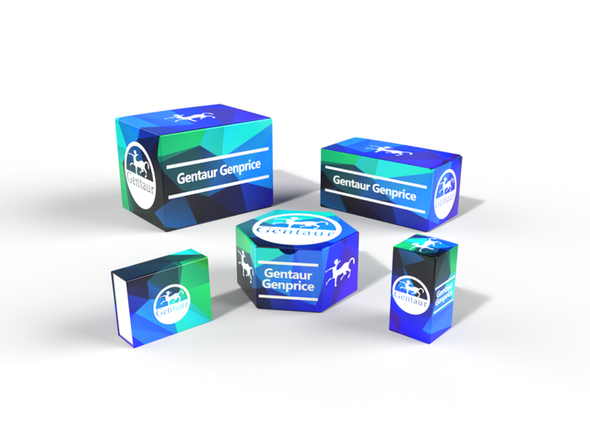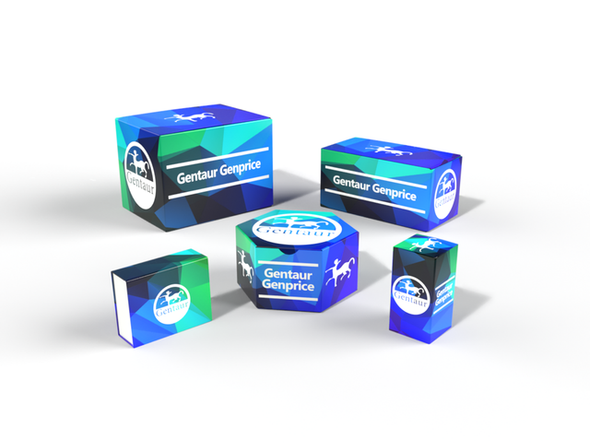451 Recombinant Proteins and Cell culture
Phy | Phytochrome (clone Oat-25) | AS20 4500
- SKU:
- 451-AS20 4500
- Availability:
- Usually ships in 5 working days
Description
Phy | Phytochrome (clone Oat-25) | AS20 4500 | Gentaur UK, US & Europe Distribution
Immunogen: Phytochrome
Host: Mouse
Conjugation: N/A
Clonality: Monoclonal
Isotype: IgG
Purity: Immunoglobulin Protein G purified, in PBS pH 7.4, 150 mM NaCl, 0.05 % of sodium azide.
Format: Liquid
Tested Application: ELISA (ELISA), Competitive ELISA, Immunoprecipiation (IP), Western blot (WB)
Related Products: developmental biology antibody collection
Recommended Dilutions: assay dependent
Molecular weight: 124 kDa
Confirmed Reactivity: Avena sativa, Pisum sativum
Predicted Reactivity: graminae, fabaceaeSpecies of your interest not listed? Contact us
Not reactive in: No confirmed exceptions from predicted reactivity are currently known
Additional Information: Epitope recognized by this antibody is located at N-terminus of phytochrome, This domain undergoes conformational change when phytochrome is interconverted between the red and far-red absorbing forms
Background: Phytochrome is a photomorphogenically active pigment that modulates plant growth and development with respect to incident light intensity and wavelength distribution. It exists in two forms: an inactive, red-absorbing form (Pr), 4 and an active far-red-absorbing form (Pfr) . When either absorbs light, it is photoconverted to the other. Phytochrome is a dimeric, water-soluble, relatively labile chromoprotein with similar, if not identical, monomers of about 124 kDa each. It is also a relatively low abundance protein, even under the best of conditions. Genetic manipulation of phytochrome expression in plants leads to plants requiring less light and able to divert more energy to the production of fruits and seeds. For its physicochemical characterization, it has therefore been difficult to utilize techniques that require large quantitites of highly purified protein. Consequently, indirect methods for elucidating its structure/function relationships are especially important. These could also be applicable to fabaceae and closely related families.
Reconstitution: N/A
Storage: Store at -20°C; Avoid repeated freeze-thaw cycles. Please remember to spin the tubes briefly prior to opening them to avoid any losses that might occur from material adhering to the cap or sides of the tube.
TAIR Nnumbre: N/A
Category: Photomorphogenesis
Research Area: Plant Biology






